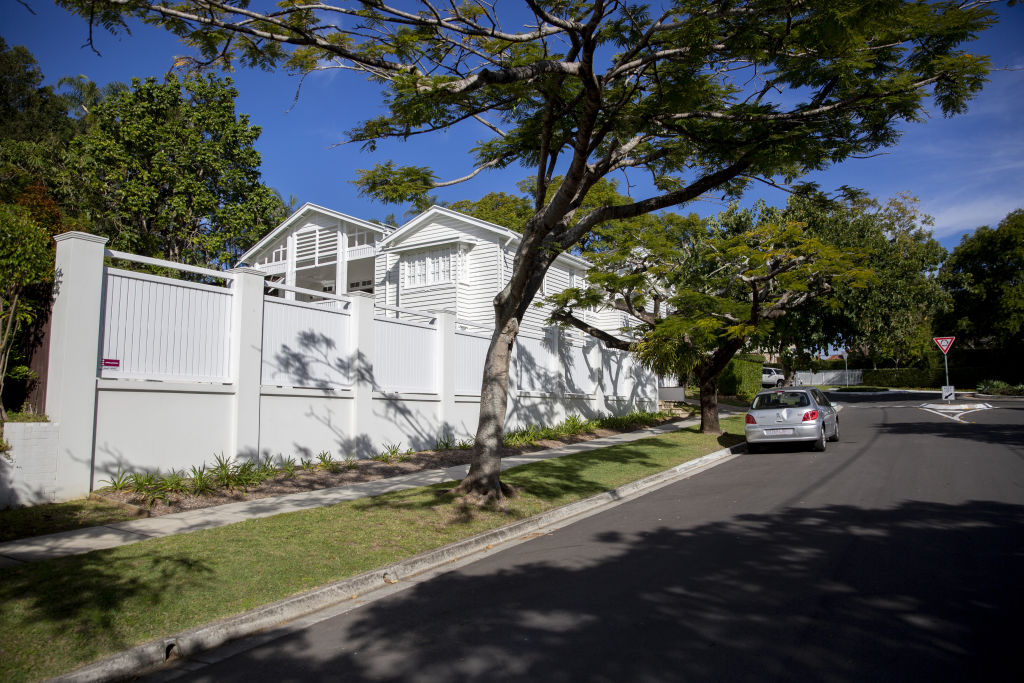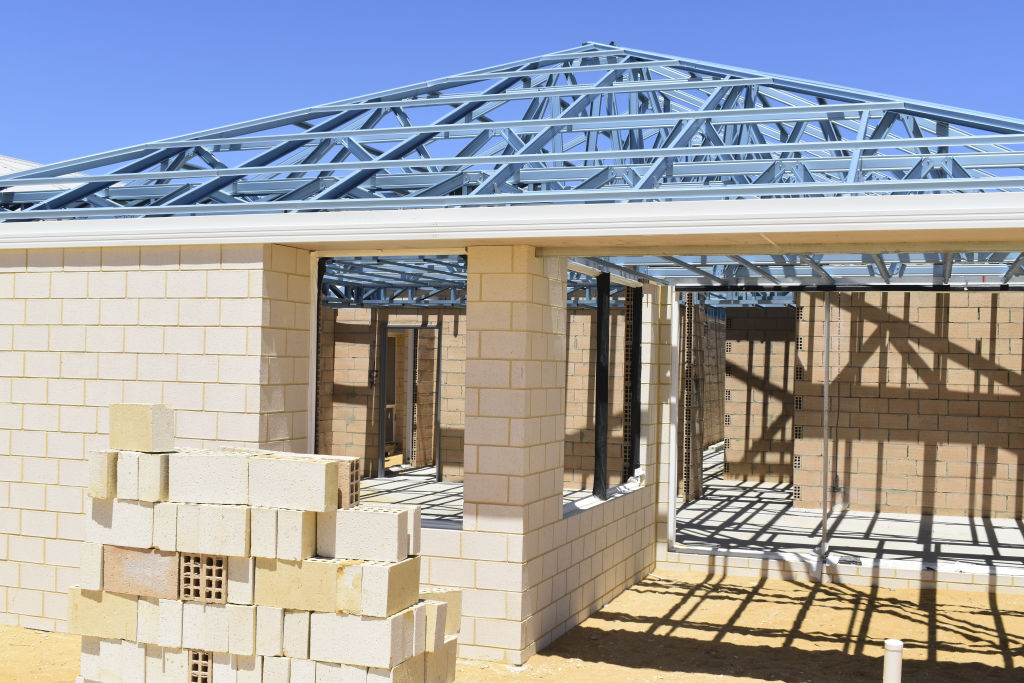Consumers risk less accurate property valuations from computer modelling: experts

Some consumers are at risk of receiving a less accurate picture of what their home is worth amid a rise in computer-generated valuations, experts warn.
Although a data-driven valuation can make sense for many properties, industry players say that physical inspection by a professional valuer can point out quirks in a property that make it worth more or less than it might seem.
It comes as home values have been changing quickly in recent years, with prices dropping in major cities amid a regulatory clampdown on bank lending.
Banks often check that the valuation of a property matches what a buyer agreed to pay for it before granting a loan. If a bank’s valuer deems the residence is worth less than the buyer paid, the bank may only be willing to lend a lower amount.
A valuation can be produced by a computer model that crunches data such as the size of the block and its location, or by a valuer walking through the building.

The situations where automated valuations are most accurate are in areas where properties are fairly uniform in construction, AVA Property director Trevor Crittle said.
“They can be pretty accurate if it’s real vanilla – they’re all brick veneers in Point Cook or something,” he said.
But in the prestige market, for example, where there are few comparable sales, physical inspections were needed to consider features such as views and the level of the fit-out.
“[The banks] require it once it’s $3 million – they have to get a full inspection,” he said.
Physical inspections could also pick up problems such as rising damp, meaning a property could receive a lower valuation than the buyer agreed to pay, he said. A bank may then only lend a smaller amount to the buyer, which could give them an opportunity to get out of their contract if it has a subject to finance clause.

Herron Todd White director Gavin Hulcombe said statistically generated valuations became more reliable in “reasonably homogenous” areas, and have a place for someone looking for a high-level estimate.
“[But] somebody walking through the property can pick up the nuances of the property,” he said.
“That might be a colour scheme, it might be kitchens, it might be cracked tiles, it might be cracks in the plasterboard … the view, the size of the deck, what the landscaping looks like.”
Anyone looking to buy a home has to appreciate the margin for error when considering whether to get a valuation by a professional, he said.
“Certainly a difference of 10 per cent is very material if somebody’s buying a $700,000 property. And I’m not saying 10 per cent is their margin for error, but it can have a material difference.”
Because an automated valuation depends on the amount of data available, accuracy can be affected for regional areas where there are fewer sales than capital cities, or during falling markets when it can take time for recent sales to be reflected in the data, he said.

CBRE’s Jarrod Frazer said computer-generated valuations can offer a “reasonably good guide” particularly for generic homes, but the data does not yet capture all the features of a property.
“The understanding of the market, outside of just how that property presents or what opportunity that property provides, is lost,” the senior managing director of valuation and advisory services said.
“There was a phase there last year where [houses that] needed to be knocked down and developed, you almost couldn’t sell them.
“Whereas, properties that had gone through that, and been constructed, were going really well. And they might have been a street away from each other.”
Industry body the Australian Property Institute is gathering information on whether the volume of residential mortgage valuations is falling.
Chief executive Amelia Hodge said the valuation industry was a thriving and robust industry and subject to some of the most rigorous regulatory obligations in Australia.
We recommend
We thought you might like
States
Capital Cities
Capital Cities - Rentals
Popular Areas
Allhomes
More







